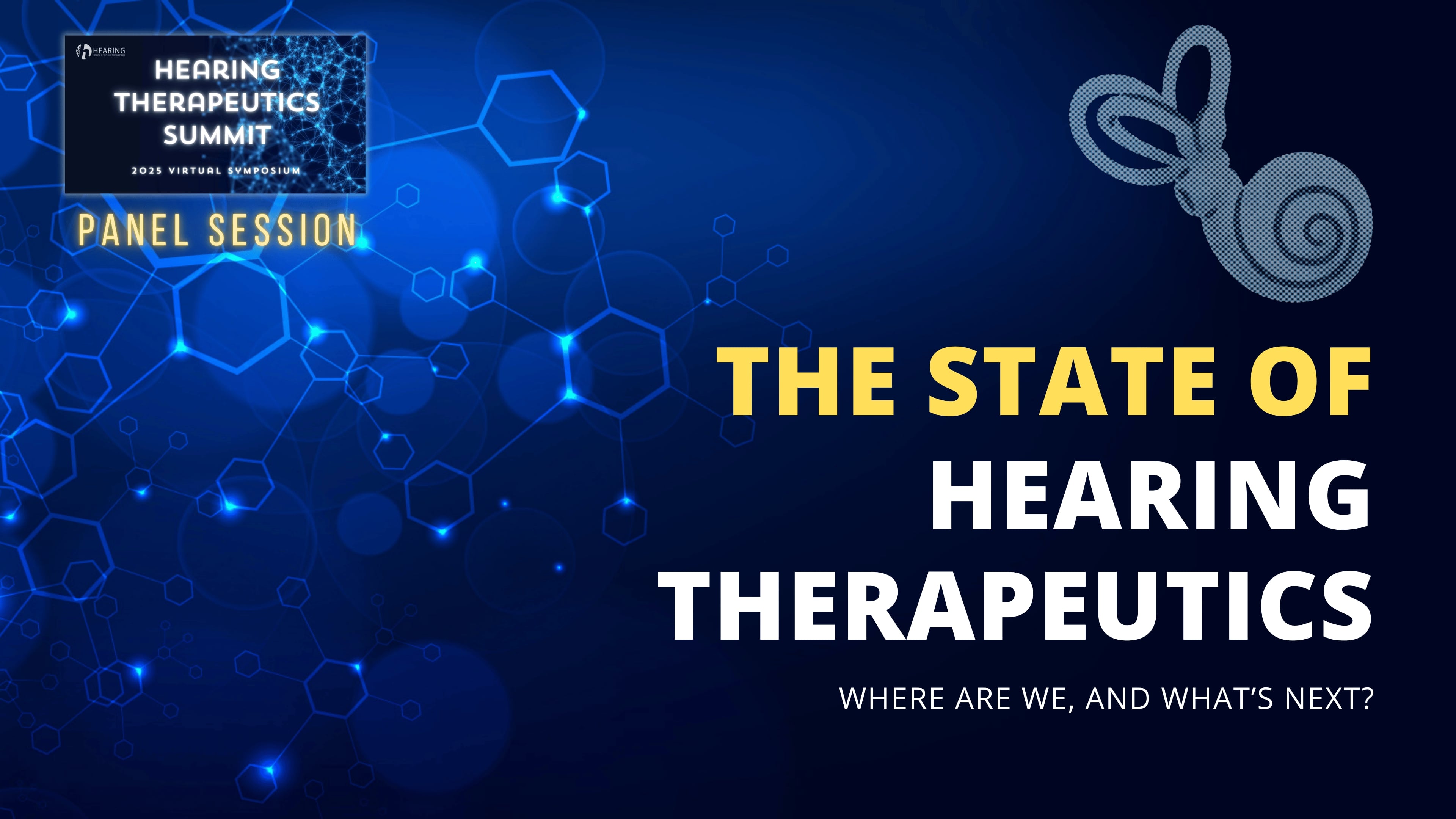Feb. 07, 2025
Hearing therapeutics are advancing rapidly, but how close are we to real breakthroughs? That was the focus of ‘The State of Hearing Therapeutics’, a panel discussion held during the 2025 Hearing Therapeutics Summit on February 4th. The discussion provided a deep dive into the latest advancements in hearing restoration, including gene therapy, regenerative medicine, and pharmaceutical approaches to treating sensorineural















